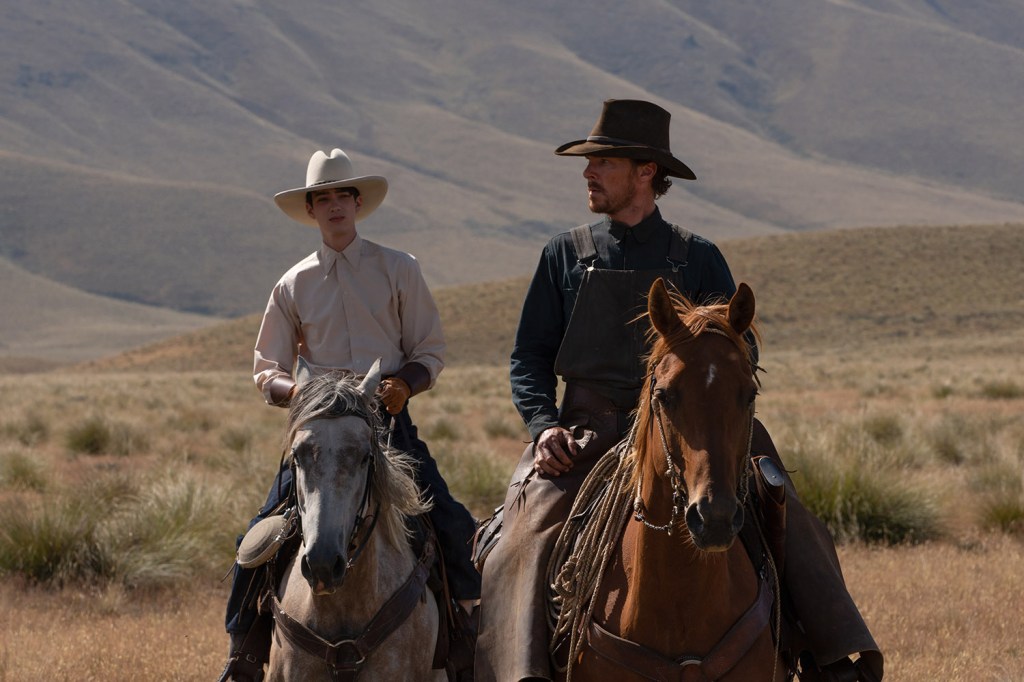
[ad_1]
Inflation is through the roof, energy bills are a horror show and we’re about to be hammered with a ham-fisted National Insurance tax rise – so of course, it’s a perfect time for Netflix to announce that it’s raising the subscription price of its streaming service.
For new customers, the hike hits immediately. Anyone opening a Netflix account today will pay £6.99 for its Basic tier (one screen at a time, no HD content, formerly £5.99), £10.99 for its Standard tier (two devices at once, HD content, formerly £9.99) and a stonking £15.99 for its Premium package (four devices, 4K UHD content, formerly £13.99). Existing customers will have to pay more too, but not right away: Netflix will give you 30 days’ notice before upping its take.
The days of Netflix being a ridiculously cheap alternative to the likes of Virgin and Sky are long gone, of course, but for me there’s something about it this time that feels different to previous hikes: with the number of alternatives out there, and my monthly bills becoming frighteningly higher and its apparent quantity over quality content approach, Netflix is starting to feel like something I just don’t need anymore.

For one thing, the main alternatives are cheaper: Disney+ is £7.99 a month (or £79.90 for a year) and includes 4K and simultaneous streaming to four screens; Amazon’s Prime Video platform is included in its Prime service (£7.99 a month, £79 annually, 4K, supports three screen at once and also includes a host of other non-streaming perks); and Apple TV+ is just £4.99 a month, while supporting six screens and 4K (even if it’s admittedly light on content, being that it only includes Apple-funded shows and movies).
Only Sky’s Now service seems similarly pricey. It costs £9.99 a month for its Entertainment Pass and £11.99 for its Cinema Pass, supports just two screens at once, shows ads and streams at a baffling 720p HD quality (you’ll have to fork out an extra £5 a month for the Boost upgrade for 1080p, surround sound and no ads – and yes, if you’re wondering, I’m writing these words in 2022 and not 2012). But at least that has HBO’s superb selection of TV shows in its favour, not to mention the widest selection of big news releases when it comes to films.
When it comes to content, Netflix’s tactic seems to have become one of “chuck everything at the wall and see what sticks”. The platform’s original shows either run on for years past their sell-by date or are commissioned, made at huge cost and then canned two weeks after releasing when the viewing figures disappoint – and who can blame subscribers for not wanting to spend their time watching the likes of Jupiter’s Legacy, Girlboss or an ill-conceived live-action remake of Cowboy Bebop?

In Netflix’s early days, almost every original TV series was a critical darling – but the content hose has now been fully opened, and someone (i.e. you) has to pay for all those sad superhero/dreary sci-fi/soul-draining reality shows. Hence the price rise.
Ironically, this overall drop in TV show quality seems to have coincided with a rise in critically acclaimed original movies: the likes of Roma, Mank, The Power of the Dog, The Lost Daughter, The Irishman and The Hand of God have garnered Oscars and Oscar nominations, and all are excellent films that would deserve and would have had huge cinema releases before Netflix came along.
But are they, the handful of truly great original shows (shout out I Think You Should Leave, Squid Game and Better Call Saul) and the selection of decent third-party series and films on Netflix reason enough to shell out hundreds of pounds a year in the current financial climate? Things look even worse for your wallet if you subscribe to several streaming services at once.
Personally, I’m now getting to a stage where if I didn’t write about Netflix, Now, Disney+ and the rest for a living I’d probably ditch most of them and implement some kind of rotating system: subscribe to one for a couple of months, watch all the good exclusive stuff, cancel and subscribe to another. Rinse, repeat and save a few quid to stick on that truly wild gas bill I’ve just been saddled with.
Back when Netflix’s streaming service was in its infant days, commentators and critics were giddy at the possibilities offered by on-demand IP-based television. The creaking old media giants would crumble in the face of these agile new upstarts. People could watch what they want when they want, paying only for what they desired. The market would reward the innovators and producers of the best material and ultimately the cord-cutting consumer would win: more choice, better quality, lower cost.
Ask yourself: how’s that working out for you? If we wanted to watch all the best things in the UK, we used to just get Sky or Virgin. One and done. Today we have to subscribe to a fractured mess of different services, accessible via different apps, and we’re paying just as much money to do so as before (and to corporate behemoths like Amazon, Apple and Sky rather than some plucky start-up).
The cord-cutting dream is over, and a £16-a-month Netflix doesn’t feel like something to be excited about when the cost of essentials like food and energy is climbing so steeply. If other streaming services follow suit and jack up their prices, millions of subscribers will have to ask themselves what that endless supply of content is truly worth.
[ad_2]






